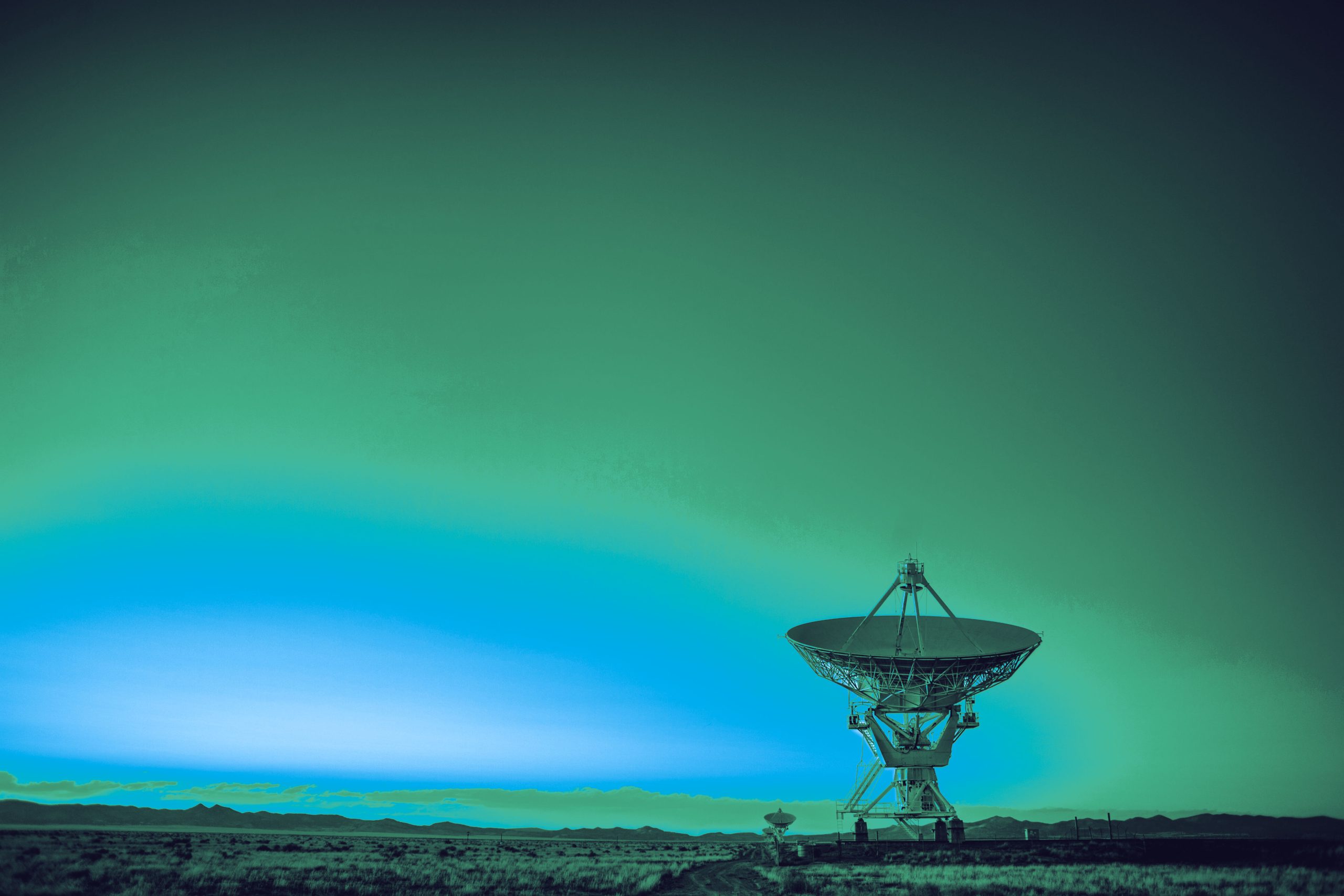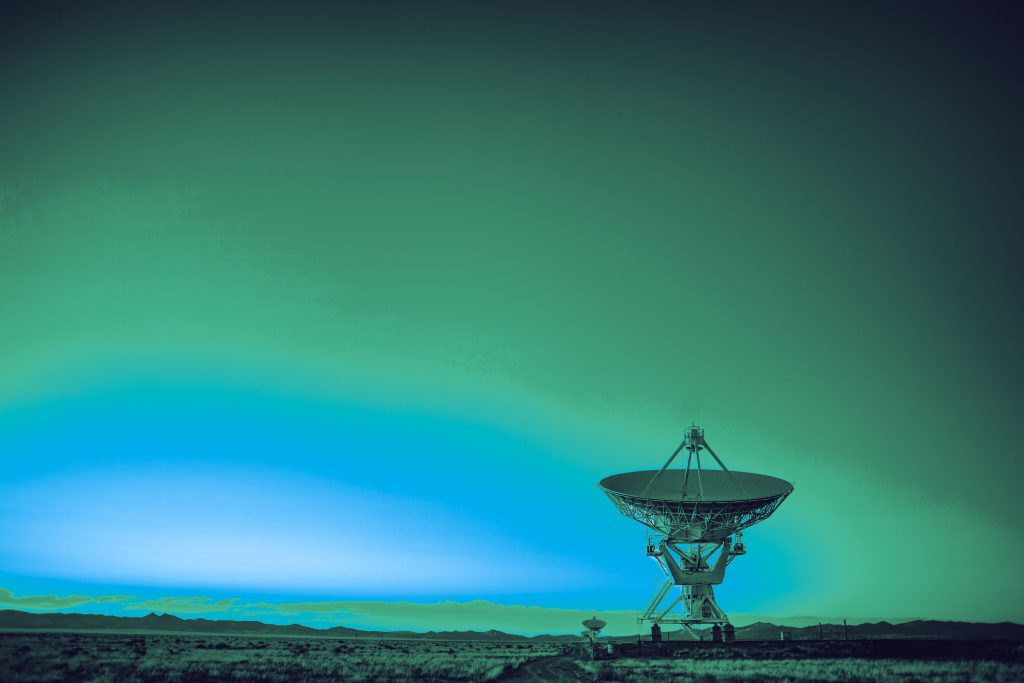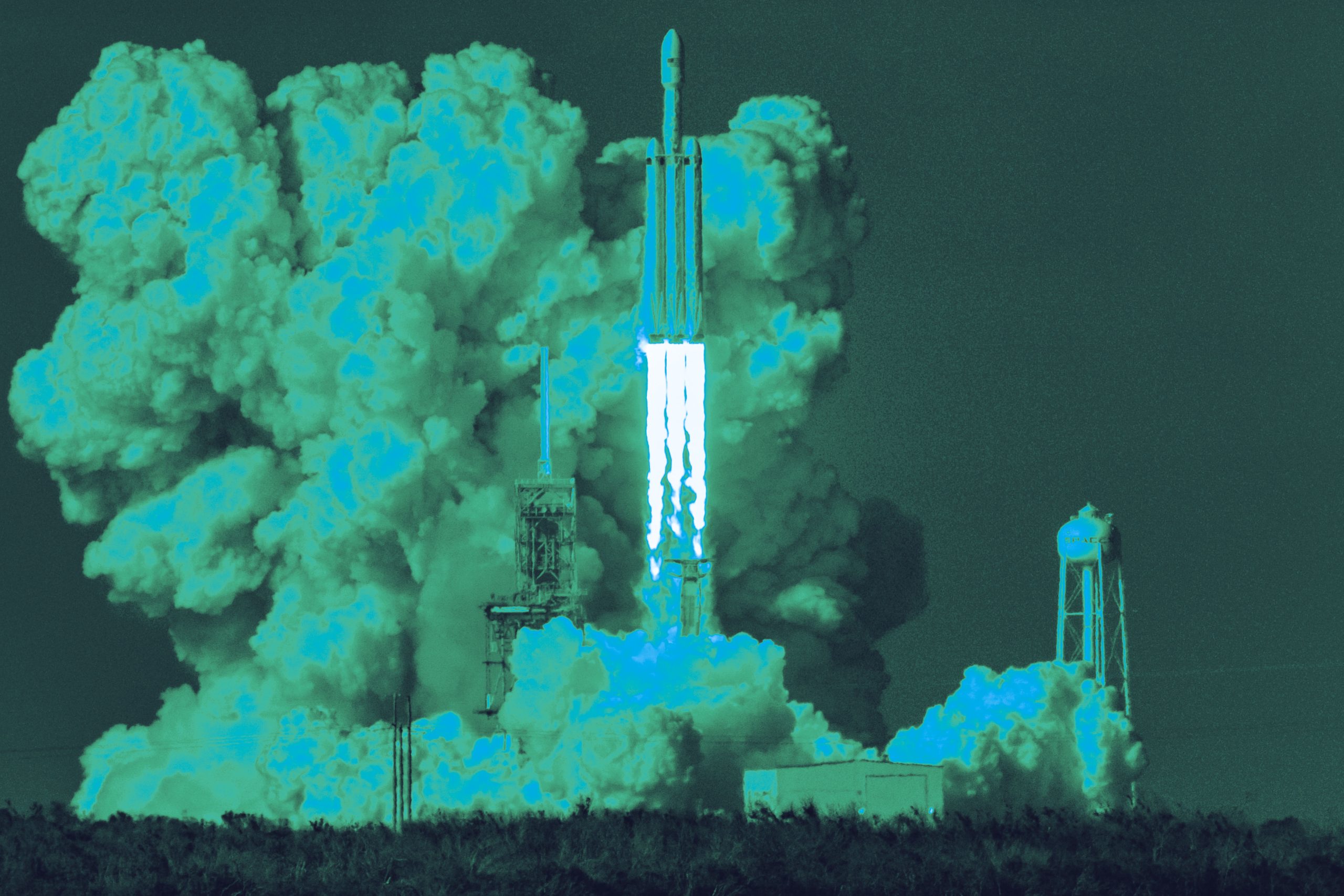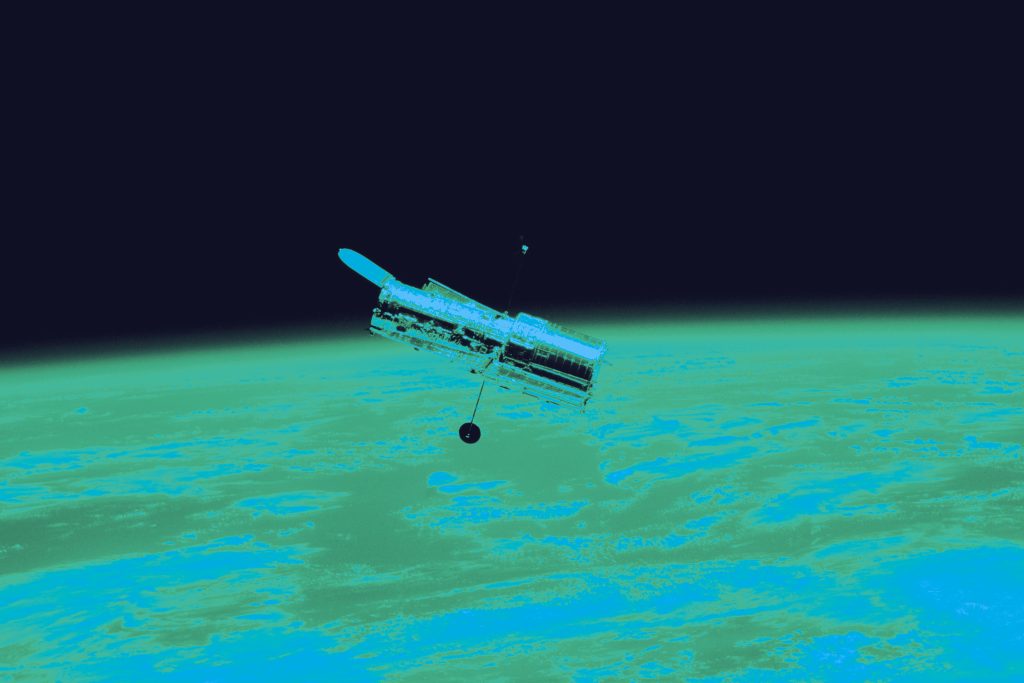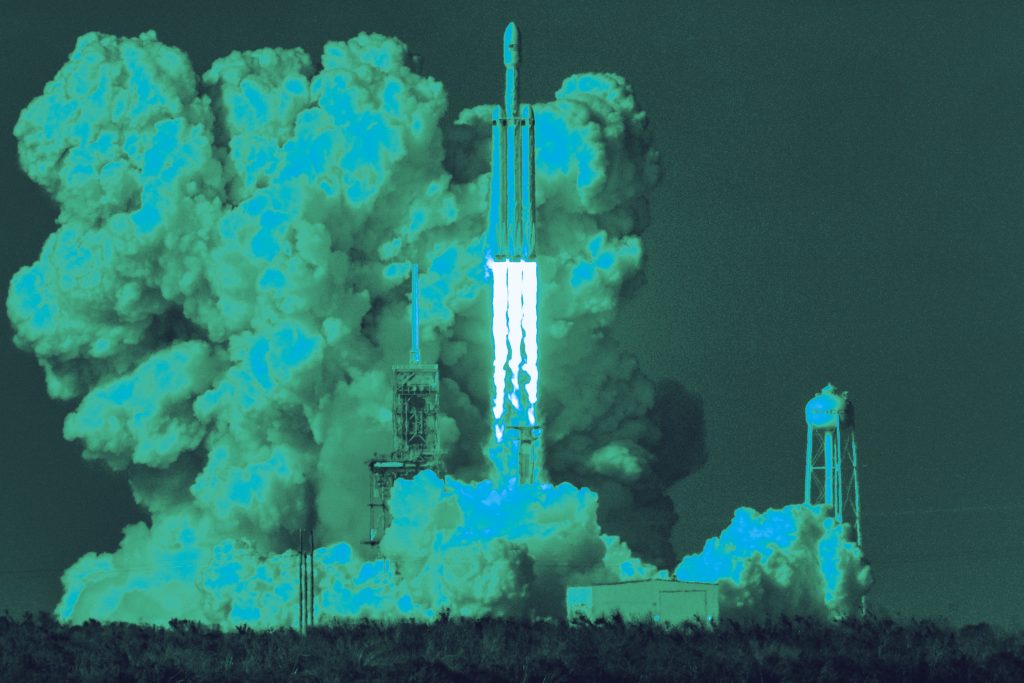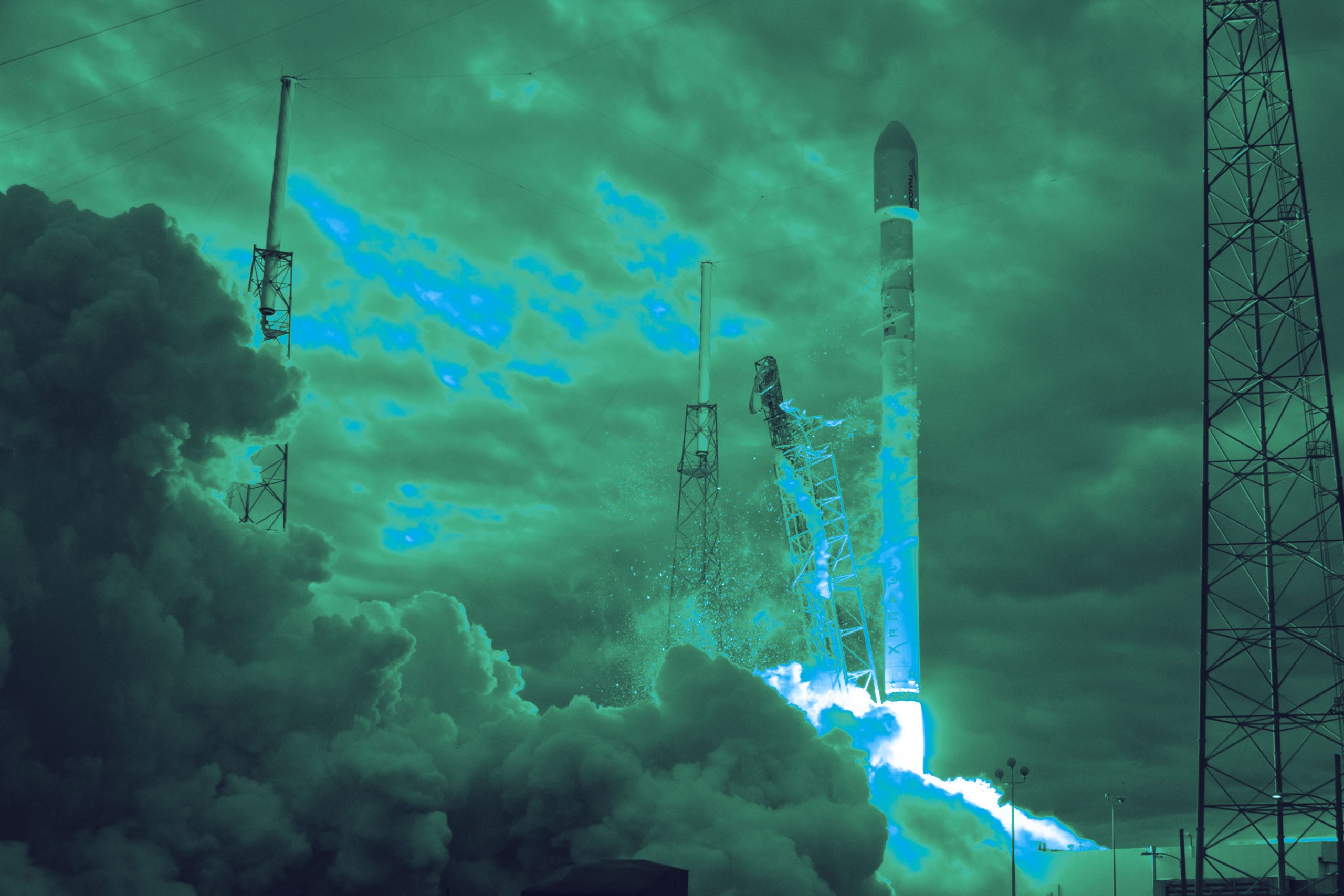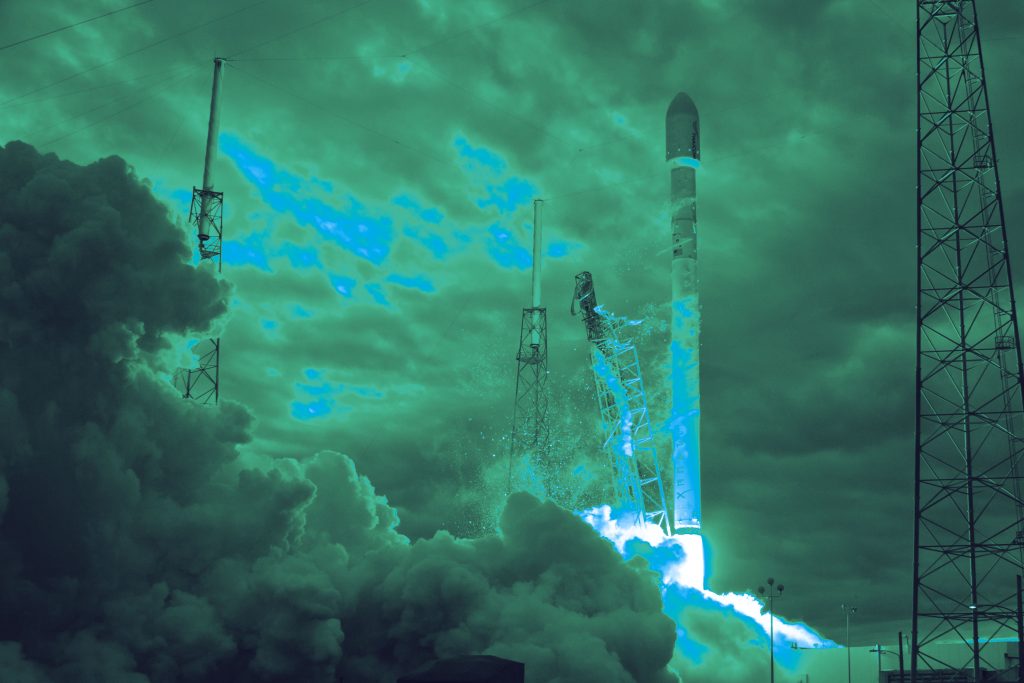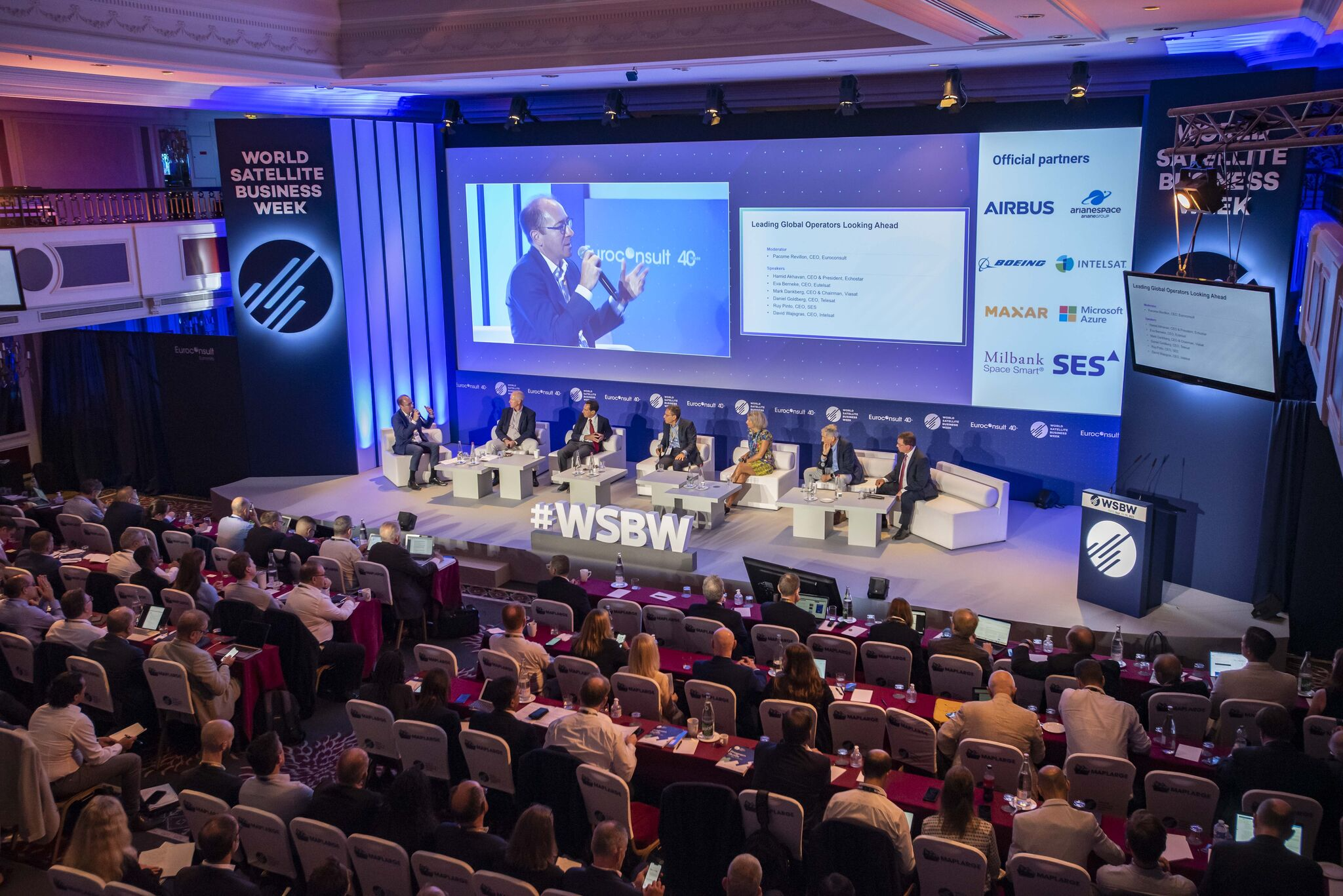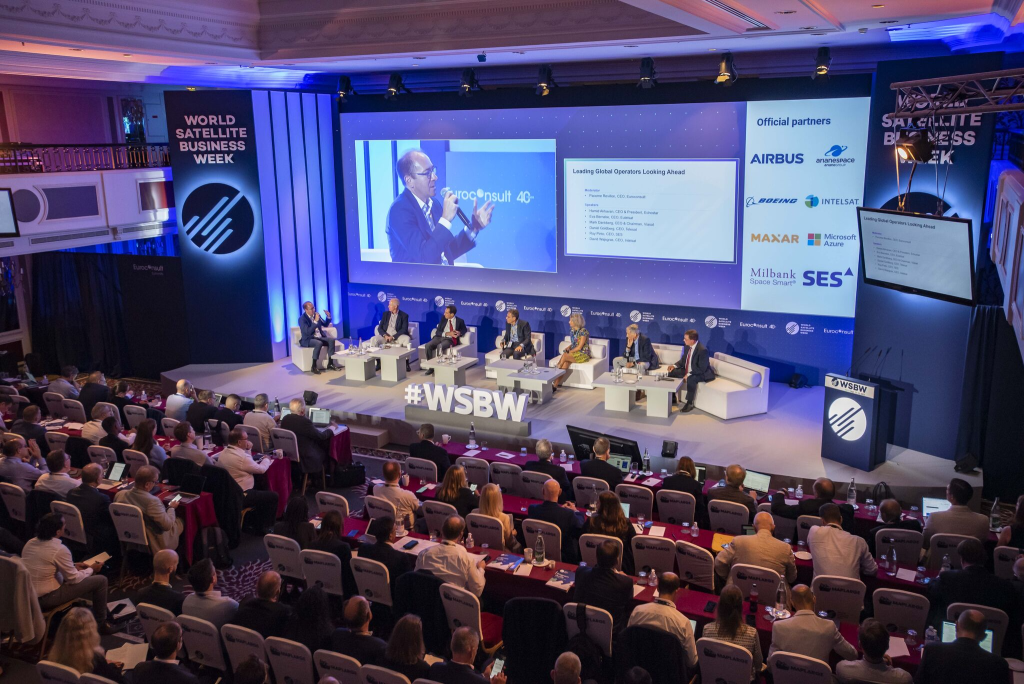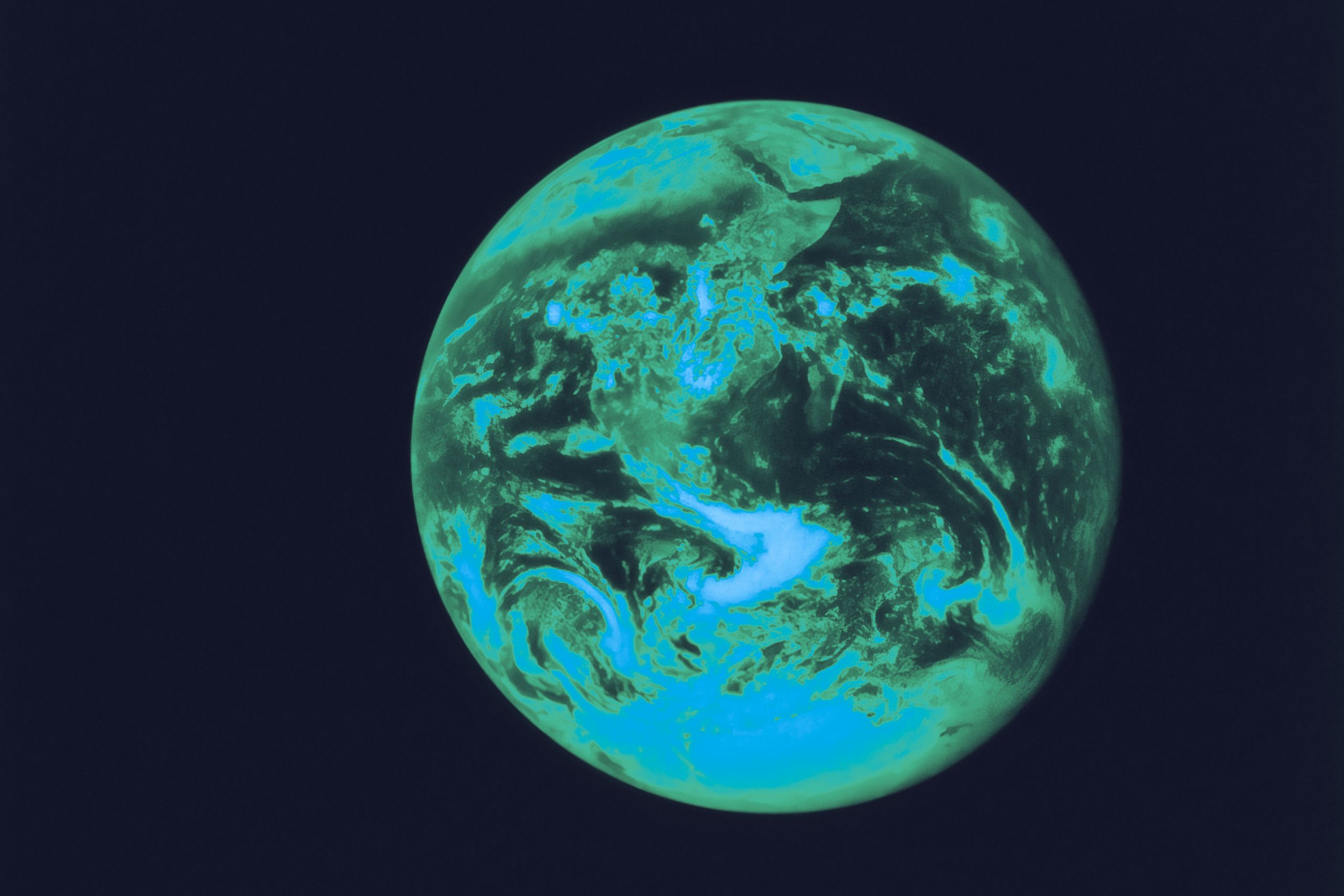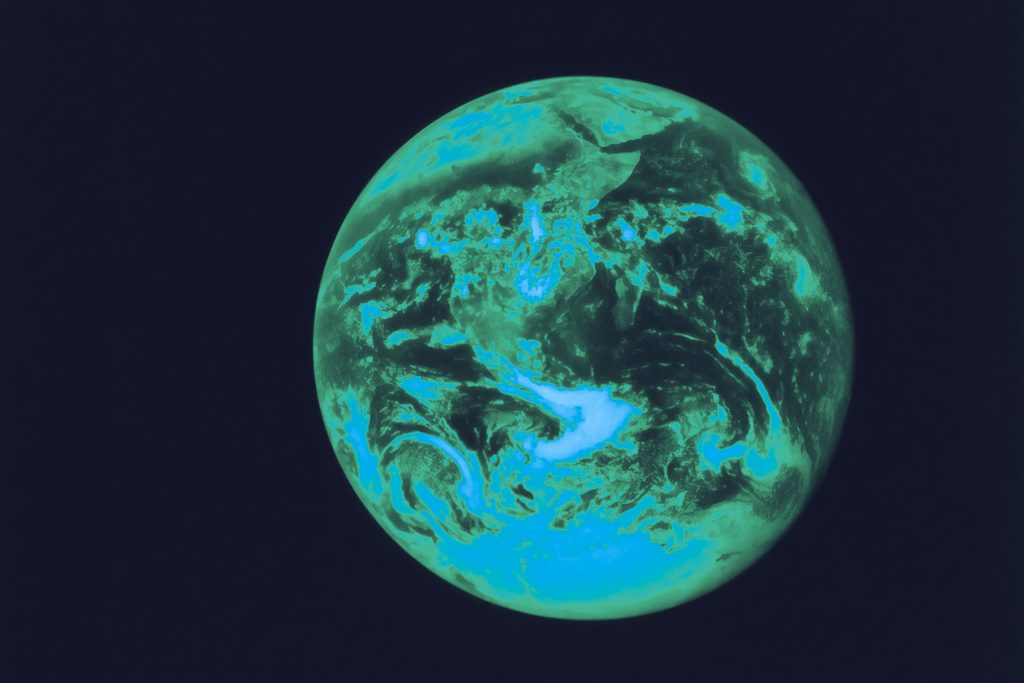Earth Observation has been a hot topic in the NewSpace industry for several months now. On Episode 23 of The Satellite & NewSpace Matters Podcast we were joined by Kammy Brun, an expert in strategy and business development in aerospace and AI based analytics applications, to discuss the forces driving the growth of Earth Observation. Kammy has held several roles in the space industry, including Airbus and SkyFi. She has also completed multiple degrees, and is currently finalising her MBA. Read on for her insights.
What are the main applications of the NewSpace industry, and what’s really driving demand for them?
Defence security has always been the first market for geospatial solutions. Today, we can work together with remote sensing geospatial with the IoT and AIS. That is definitely one of the markets where I can see lots of synergy between different technologies. I believe that we should have some applications which merge geospatial and navigational capabilities and make them more integrated, because the end users don’t really care which technology it is.
Maritime is another one of the markets that is going quite well. There’s a future there. I’m pretty sure that with the growing numbers of AI-based analytics companies globally, we will be able to offer some solutions which are more tailor made for the end user. We’ll be able to give end users a solution, but we currently can’t, because they did not know what geospatial was. We can have a bigger market, the reason we don’t is because we do not yet have a perfect solution for the end user.
For our users, it’s relative. They want to have something easy to use – they don’t care about what it does or image resolution or the AI behind it. It’s very difficult to offer a service that is simple and easy to use and gives you the answer that you need, but those private markets will be able to grow in the next few years as the technology develops. For today, those geospatial companies are offering better and better solutions that will draw people into the industry.

How is the industry currently leveraging these technologies to enhance data analysis and decision making processes?
AI and machine learning has always been used in geospatial markets. We use it for object or change detection. It’s also been used to classify different objects in a set of images. Today we are using it even more than we did five years ago. It is a good market driver for companies who manage more data, because today’s AI and machine learning will be able to help them manipulate or ingest more data.
In the remote sensing markets, we’re expecting a baby boom of hyperspectral constellations. Hyperspectral is not new, but we have not always used it from space – it was originally used from planes or drones. With NewSpace hyperspectral images and geospatial expertise, I’m pretty sure that a lot of applications will open up as we increase the data supply. We will have a better usage of AI and new applications. Currently we know some of the use cases with hyperspectral, but we are not yet fully exploiting the potential. I expect significant growth in the next few years.
To learn more about Kammy’s work and experiences in the NewSpace industry, tune into The Satellite & NewSpace Matters Podcast here.
We sit down regularly with some of the biggest names in our industry, we dedicate our podcast to the stories of leaders in the technologies industries that bring us closer together. Follow the link here to see some of our latest episodes and don’t forget to subscribe.



